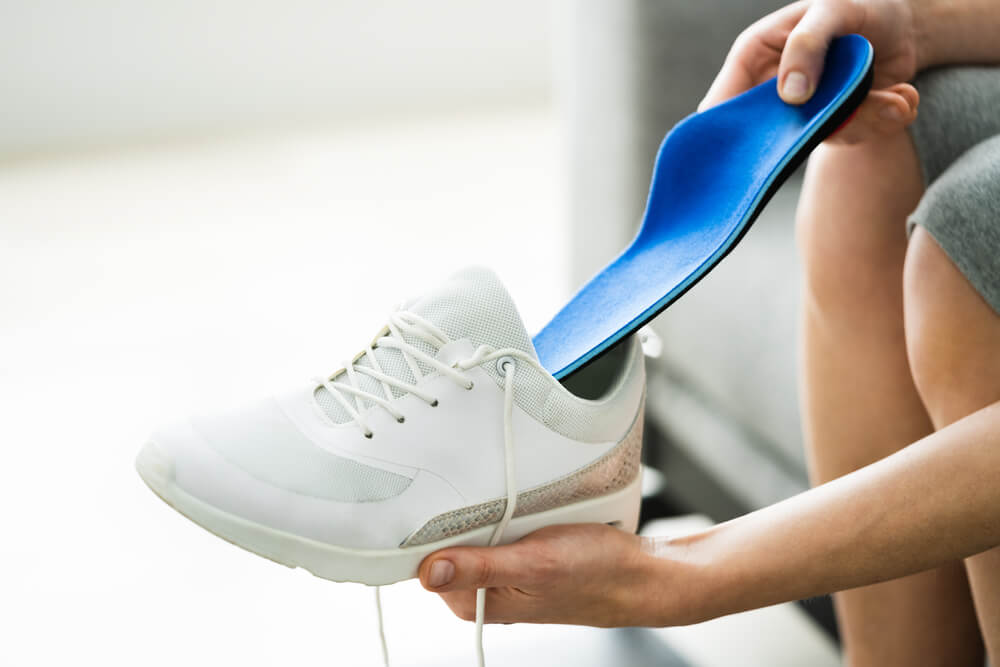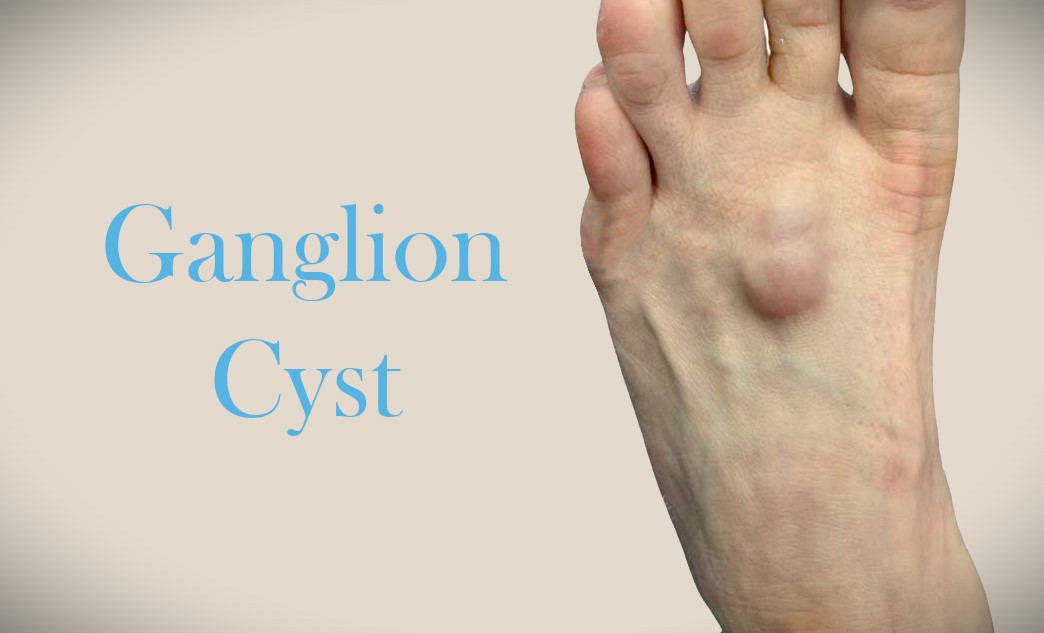Causes of Synovitis in the Foot and Ankle
Synovitis, the inflammation of the synovial lining in joints, can significantly affect the foot and ankle, leading to pain, swelling, and limited mobility. This condition often arises from various causes, such as overuse, trauma, or underlying conditions like arthritis and gout.
In this article, we will explore the common causes, symptoms, diagnosis, and available treatment options for synovitis in the foot and ankle.
What causes synovitis in the foot and ankle?
Synovitis in the foot and ankle can result from several factors, including:
- Repetitive stress caused by activities like running or excessive walking
- Joint injuries or trauma
- Underlying inflammatory conditions such as rheumatoid arthritis or gout. Identifying the root cause is crucial for effective management and treatment.
What are the symptoms and signs of synovitis?
Symptoms of synovitis in the foot and ankle typically include:
- Pain
- Swelling
- Warmth
- Tenderness
- Stiffness around the affected joint
- Difficulty performing activities that involve movement of the foot and ankle.
Pain can occur both during and after exercise and foot use depending on the severity of the condition.
How is synovitis diagnosed?
A podiatrist can diagnose synovitis through a comprehensive process that includes a physical examination, symptom evaluation, and review of the patient’s medical history. In many cases, imaging tests, such as X-rays, MRI scans, or ultrasound, are performed on-site to confirm the diagnosis, assess the extent of inflammation, rule out other potential causes, and identify any additional injuries.
What treatment options are available for synovitis?
The management of foot and ankle synovitis focuses on reducing inflammation, relieving pain, and promoting healing. At Hurst Podiatry, treatment options may include:
- Orthotics to offload painful areas and address walking patterns that contribute to the injury
- K-Laser therapy to manage and reduce inflammation
- Nonsteroidal anti-inflammatory drugs (NSAIDs) for pain relief
- Ultrasound-guided cortisone injections to reduce inflammation at the site
- A physical therapy program to strengthen the foot and reduce inflammation
- Self-massage using a massage ball
- Hot/cold therapy
- Reducing exercise to minimize the load on the feet
- Footwear changes to reduce pressure, improve load distribution, and address walking mechanics
Can conservative measures help alleviate synovitis symptoms?
Yes, conservative measures such as rest and cold compress can be beneficial in managing synovitis symptoms. Resting the affected foot and ankle allows the inflammation to subside while applying ice packs can help reduce swelling and provide pain relief.
It’s important to follow the recommended guidelines for rest and icing to avoid further aggravation. It is worth noting that in more severe cases, further treatment beyond rest and cold compress may well be required to achieve major improvement.
Does footwear selection play a role in managing synovitis?
Footwear selection is indeed important when dealing with synovitis. Choosing shoes with adequate cushioning, arch support, and shock absorption can help reduce the impact on the affected joints. Your podiatrist may recommend specific shoe features or even prescribe custom orthotics to provide additional support and alleviate pressure on the foot and ankle.
When should someone seek professional help for synovitis?
It’s advisable to seek professional help from a podiatrist if you experience persistent pain, swelling, or limited mobility in the foot and ankle. They can accurately diagnose the condition, determine the underlying cause, and develop an individualised treatment plan to address your specific needs. Early intervention can help prevent further damage and promote faster recovery.
What does recovery look like for individuals with synovitis?
Recovery and long-term outcomes for individuals with synovitis vary depending on the condition’s severity and the effectiveness of treatment. With appropriate care, most cases of synovitis in the foot and ankle can be successfully managed, allowing individuals to return to their regular activities with improved comfort and mobility.
Compliance with recommended treatments, including medication, physical therapy, and lifestyle modifications, significantly contributes to long-term positive outcomes. Regular follow-ups with your podiatrist are essential to monitor progress and make any necessary adjustments to the treatment plan.
Conclusion
When it comes to managing synovitis in the foot and ankle, you don’t have to go through it alone. Hurst Podiatry is here to provide expert care and support. Our team of skilled podiatrists understands the challenges that synovitis can bring and is dedicated to helping you find relief and improve your quality of life.
Whether it’s diagnosing the condition, developing a personalized treatment plan, or providing guidance on exercises and lifestyle modifications, Hurst Podiatry is committed to your well-being. We have the knowledge and experience to address your specific needs and help you regain comfort and mobility in your feet and ankles.
Don’t let synovitis hold you back from enjoying the activities you love. Contact Hurst Podiatry today to schedule an appointment and take the first step towards effective management of synovitis. Our compassionate care and expertise will guide you towards a brighter and pain-free future.






